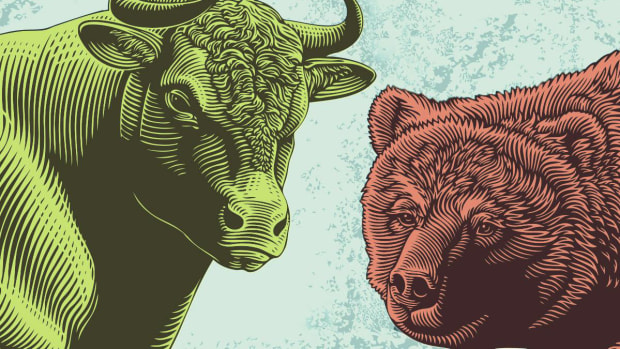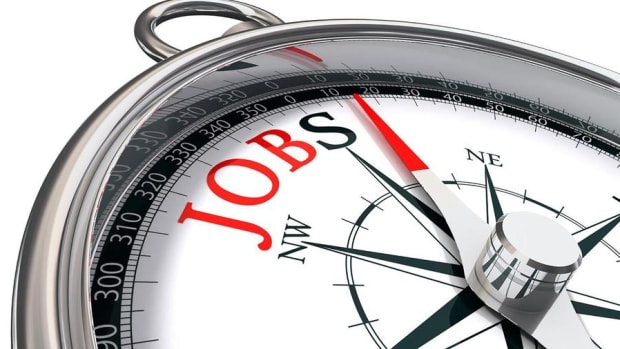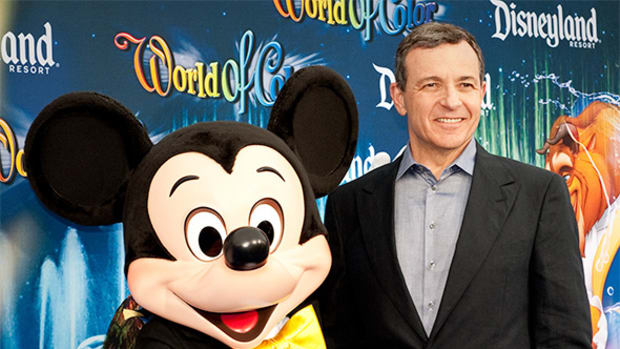Consumer Savings Shrink to 2008 Lows
The American consumer is accumulating less money each month and tapping into their savings to pay for basic necessities and bills such as utilties, adding to fears of a recession.
The personal savings rate in the U.S. for August was down to 3.5%, which is flat compared to July's rate, according to the Bureau of Economic Analysis that was released on Sept. 30.
"It’s a natural consequence of high inflation that has been forcing individuals and households to raid their own savings accounts where they have them," Mark Hamrick, Bankrate’s senior economic analyst, told TheStreet. "Not everyone has been so fortunate. Others have had to cut back severely or rely more on credit."
Wage growth in many industries has fallen short as inflation has risen exponentially this year.
"The fact is that wage growth has not been keeping pace with inflation and has had a negative impact on savings," he said.
The savings rate is calculated by the income that is remaining aftter consumers pay for food, rent and energy as well as taxes.
The decline in the savings rate matches the low rate in August 2008.
"As the economy reopened, consumers rushed to spend more of their past savings and current income," Anthony Chan, former chief economist for JPMorgan Chase, told TheStreet. "The yearly rise in the CPI has been outpacing the growth in average hourly earnings for all workers since April 2021. That has created another incentive for consumers to lower their savings rate to maintain their standard of living as inflation continues to outpace the growth in wages for all workers."
The percentage of disposable personal income was 3.6% in May, but fell to 3% in June as many Americans went on summer vacations.
Inflation has eroded the amount of income workers have as the core personal consumption expenditures (PCE) Price Index increased by 4.9% in August from last year and by 0.6% on the month, the Bureau of Economic Analysis reported.
This reduced hopes that the Federal Reserve would halt its plans for at least another rate hike since the PCE is the Federal Reserve's preferred measure of inflation.
The headline PCE index rose 0.3% on the month, but fell to 6.3% on the year following the first month-on-month decline which was recorded last month -- since April 2020.
Personal income rose by 0.3%, while personal spending rose by 0.4%, the BEA noted.
Consumers received a slight reprieve when gasoline prices fell for 14 consecutive weeks.
Gasoline Prices Rising Again
The streak of cheaper gasoline prices ended last week as a string of refinery issues pushed prices up higher slightly
For the second straight week, gas prices moved higher with the average gas price posting a rise of 11 cents from a week ago to $3.78 per gallon today, according to GasBuddy data compiled from over 150,000 stations nationwide.
The national average is up 4 cents from a month ago and 59 cents higher than a year ago. The national average price of diesel has declined by 29 cents in the last week and stands at $4.86 per gallon.
“With gas prices continuing to surge on the West Coast and Great Lakes, the national average saw its second straight weekly rise," said Patrick De Haan, head of petroleum analysis, GasBuddy, a Boston-based provider of retail fuel pricing information and data. "But at the same time, areas of the Northeast and Gulf Coast have continued to see declines as the nation experiences sharp differences in trends between regions.
Along the West Coast, some states reported prices rose 35 cents to 55 cents a gallon as gasoline supply declined to its lowest level in a decade in the region, resulting in skyrocketing prices.
Another price spike is possible, he said.
"While I’m hopeful there will eventually be relief, prices could go a bit higher before cooling off," De Haan said. "In addition, OPEC could decide to cut oil production by a million barrels as the global economy slows down, potentially creating a catalyst that could push gas prices up further.”
Consumer Confidence Increases
The Consumer Confidence Index rebounded and rose to its highest level since April - it has increased by 12 points compared to just two months ago.
"Falling gasoline prices and a still-tight labor market are the main reasons we have seen a recent rebound in confidence," wrote Tim Quinlan, senior economist at Wells Fargo Securities, and Shannon Seery, an economist at Wells Fargo Securities. "But as inflation persists and the Fed lifts rates to combat it, we are unlikely to see confidence approach pre-pandemic levels."
Optimism from consumers rose with both the Conference Boards Consumer Confidence Index or Consumer Sentiment from the University of Michigan despite higher inflation rates and uncertainty about the outlook on the economy.
Consumers started cutting back on spending on both discretionary items and and staples earlier this year as retailers have reported a lower demand.
Target (TGT) - Get Free Report and Walmart (WMT) - Get Free Report were among retailers that reported weaker profits while the travel and leisure industries benefitted from pent up demand.
The Fed has raised rates five times this year, starting with a 0.25% hike in March. Its most recent hike was the third consecutive 0.75%.
Consumer confidence levels are not likely to remain at these levels, Quinlan and Seery wrote.
"Still-elevated inflation and the aggressive tightening path from the Federal Reserve to combat it will likely weigh on consumers financial prospects," he said. "The recent gain in confidence may be supportive of spending in the near-term, but as long as inflation persists and risks of recession remain confidence is unlikely to return to pre-pandemic levels."
A United Nations agency is now asking for central banks such as the Federal Reserve to stop its interest rate increases.
Additional tightening would only increase the odds of a global recession, the United Nations Conference on Trade and Development said in its annual report on the global economy.
The agency estimates that a percentage point increase in the Fed’s key interest rate will decrease the amount of economic output by 0.5% in richer countries while the impact is greater in poor countries by a decline of 0.8% over the next three years.






